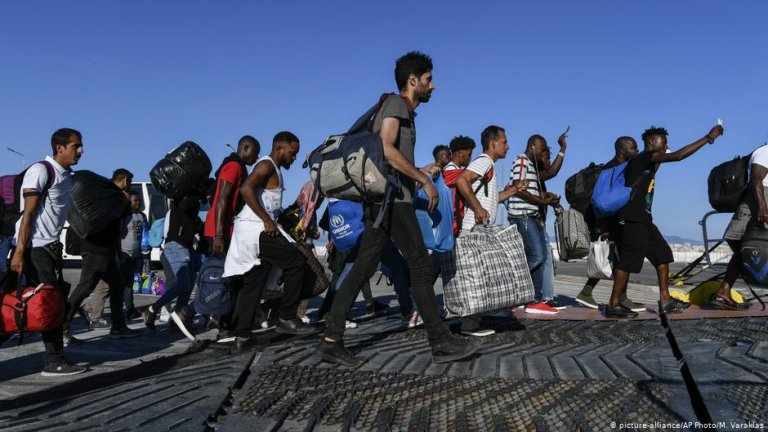By Akanimo Sampson
More people are still migrating to other countries, especially those within their region, going by the World Migration Report 2020 of the International Organisation for Migration (IOM), an agency of the United Nations.
Current estimates are that there are 272 million international migrants globally which represent 3.5% of the world’s population. This is in spite of the fact that the vast majority of people in the world have continued to live in the country in which they were born,
Many others are migrating to high-income countries that are further afield. Work is the major reason that people migrate internationally, and migrant workers constitute a large majority of the world’s international migrants, with most living in high-income countries.
Global displacement is at a record high, with the number of internally displaced at over 41 million and the number of refugees at nearly 26 million.
For instance, chapter one of the report provides an overview of global data and trends on international migrants and international migration. It also provides a discussion of particular migrant groups – namely migrant workers, refugees, asylum seekers and IDPs – as well as of remittances.
In addition, the chapter highlights the growing body of IOM programmatic and other data, particularly on missing migrants, assisted voluntary returns and reintegration, resettlement, displacement-tracking and human trafficking.
Since 2000, the UN migration agency has been producing world migration reports. The latest is the tenth in the world migration report series. It has been produced to contribute to an increased understanding of migration throughout the world.
This new edition presents key data and information on migration as well as thematic chapters on highly topical migration issues and is structured to focus on two key contributions for readers: Part I: key information on migration and migrants (including migration-related statistics); and Part II: balanced, evidence-based analysis of complex and emerging migration issues.
This flagship World Migration Report has been produced in line with IOM’s Environment Policy and is available online only. Printed hard copies have not been made in order to reduce paper, printing and transportation impacts.
International migration is a complex phenomenon that touches on a multiplicity of economic, social and security aspects all around the world.
In its overview, readers will be able to access key trends, data and information at a glance. More than just an executive summary of the report, the overview chapter links the strategic “bigger picture” on migration and displacement dynamics to broader global transformations occurring around the world, especially as they related to misinformation, political change and technology.
The World Migration Report 2020 seeks to use the body of available data, research and analysis on migration to help build the evidence base on some of the most important and pressing global migration issues of our time. By their very nature, the complex dynamics of global migration can never be fully measured, understood and regulated.
However, as this report shows, IOM has a continuously growing and improving body of data and information that can help us “make better sense” of the basic features of migration in increasingly uncertain times. For information on migration trends and issues globally, the World Migration Report 2020 is an authoritative reference like no other.

